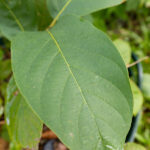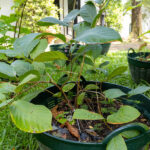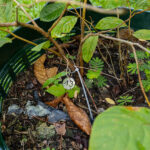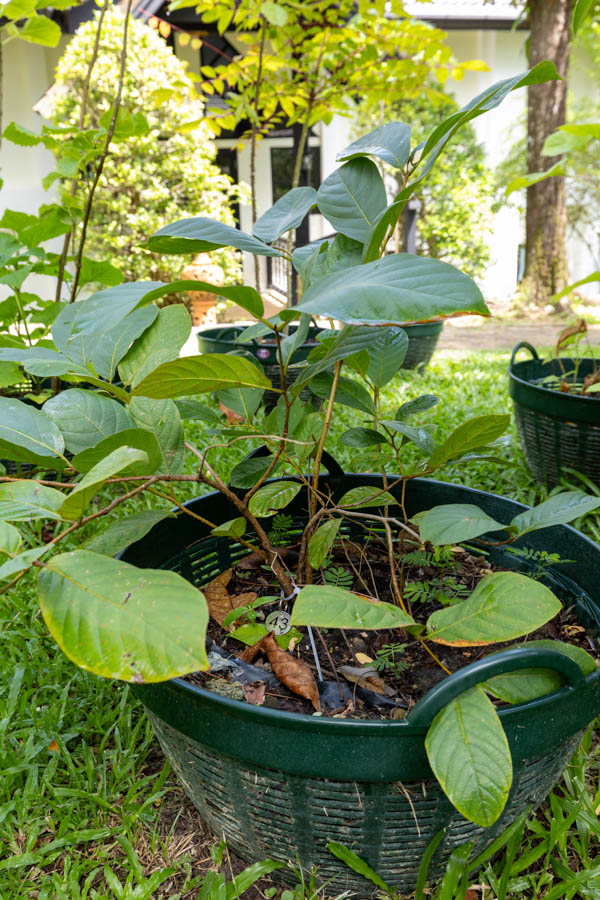กระท่อม (Kratom) / Mitragyna speciosa
Family: Rubiaceae
Mitragyna speciosa, known in Thailand as กระท่อม (Kratom), is a tropical evergreen tree native to Southeast Asia. Traditionally used in Thai and Malaysian herbal medicine, it has stimulant effects in small doses and sedative properties in higher quantities. Its leaves are known to enhance energy, relieve pain, and reduce fatigue.
Botanical Characteristics
Kratom grows up to 15 meters tall, with a straight trunk and smooth grey bark. The leaves are large, glossy, and ovate with prominent veins. The plant thrives in humid, tropical environments and regenerates rapidly after pruning. Small, round yellow flower clusters appear at branch tips.
Use in Thai Traditional Medicine
In Thai herbal medicine, Kratom leaves are traditionally chewed by laborers to combat fatigue and increase endurance during long working hours. It is considered a warming herb (ยาร้อน), promoting circulation and stamina. Modern herbalists also recognize its potential analgesic and mood-lifting properties.
Active Compounds and Effects
The leaves contain alkaloids such as mitragynine and 7-hydroxymitragynine, which interact with the body’s opioid receptors. These compounds produce mild stimulant effects at low doses and pain relief at higher doses. Despite its traditional use, Kratom’s regulation varies across countries due to concerns about dependency and misuse.
Cultivation Notes
Kratom prefers full sun and moist, fertile soil. It is fast-growing and responds well to pruning, making it suitable for controlled cultivation in tropical gardens. In the KBE Thai Medicinal Herb Garden, Kratom is maintained for educational and botanical preservation purposes.
Historical Context
Kratom has been used for centuries in Thai village medicine as a natural remedy for pain, fatigue, and digestive issues. Once restricted by law, it was reclassified in Thailand in 2021 to allow regulated cultivation and traditional use. Its inclusion in the KBE collection highlights Thailand’s renewed respect for indigenous herbal knowledge.
Disclaimer: This information is provided for educational and historical purposes only. It is not intended as medical advice. Always consult a qualified healthcare professional before using any herbal preparation.




